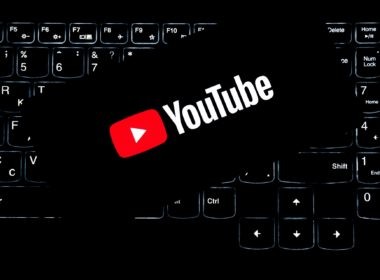Bridging Borders in the World’s Most Strategic Sector
The energy sector is one of the most globally interconnected industries in existence. From multinational oil conglomerates to cross-border renewable energy projects, successful energy development hinges on collaboration between nations, companies, and communities. While energy is measured in kilowatts or barrels, its flow depends on something less technical but equally essential: communication.
Global energy initiatives bring together diverse stakeholders: engineers, investors, policymakers, contractors, and regulators, often spanning multiple countries and time zones. This collaboration is not merely logistical or economic — it is profoundly linguistic. The ability to communicate accurately, clearly, and professionally across languages determines not only the pace of a project but often its success or failure. As infrastructure becomes more complex and globalized, the challenge of multilingual coordination increases.
Whether it’s an offshore drilling agreement between a European consortium and a Middle Eastern government, or a solar energy farm co-funded by Asian and African institutions, the intricacies of language and communication are embedded at every step. Contracts, environmental impact reports, safety guidelines, and regulatory submissions must all be translated and interpreted with precision. Inaccuracies are more than inconvenient — they can lead to massive delays, legal disputes, or compromised safety standards.
The energy sector is also deeply political. Each country has its own regulatory landscape, cultural expectations, and technical standards. A failure to understand these nuances — especially in written communication — can lead to misunderstandings with serious consequences. That’s why language services have become indispensable in this field. However, this is not about casual translation; it’s about understanding industry-specific terminology, regional legislation, and technical schematics.
Today’s digital landscape has made accessing language services easier than ever. Tools like online translate platforms allow professionals to bridge basic language gaps quickly. But for strategic documents and long-term collaborations, human expertise remains irreplaceable. Machine-assisted tools may handle day-to-day communication, but energy projects rely on deep contextual understanding — a level of nuance machines are still far from mastering.

Communication as a Foundation for Sustainability and Innovation
The future of the energy sector lies in innovation — renewables, smart grids, hydrogen fuels, and decentralized power systems are no longer experimental concepts but essential components of a sustainable future. These innovations rely not only on technology but on international cooperation, which is where communication becomes even more critical.
Take, for example, an international hydrogen production initiative based in Northern Europe, exporting to East Asia. Such a venture would involve government agreements, cross-border trade regulations, environmental compliance across continents, and detailed engineering documentation. In all of these processes, accurate communication — often across three or more languages — is key.
Misinterpret a government regulation, and the project might face legal hurdles. Miscommunicate technical specs between suppliers, and the infrastructure might fail inspection. Lose clarity in a public-facing report, and you might spark unnecessary controversy in local communities. Every word, every clause, and every phrase carries operational weight.
Moreover, as clean energy becomes a priority for international development agencies and global investors, communication serves as a tool not just for execution, but for advocacy. Proposals for wind or solar farms must be convincing across different political systems and business cultures. They must speak the language of the local landowner, the foreign financier, and the regional planner simultaneously.
This is particularly important when projects intersect with environmental and social concerns. A community in Latin America reading a translated environmental impact assessment must be able to trust the document’s integrity. The local population needs to understand how the project affects their land, health, and resources, just as clearly as the original author intended. In this context, language is more than functional — it’s ethical.
That’s why in the energy sector, translation is not simply a service — it is a strategic enabler. It is what turns intention into action, policy into procedure, and design into implementation. Language professionals working in this domain are more than translators; they are cross-cultural facilitators and risk mitigators. They ensure that the immense machinery of global energy development moves in unison, even when its parts come from vastly different parts of the world.
Conclusion: Powering the World with Clear Understanding
As energy sector translation continues to expand, diversify, and innovate, the role of communication grows alongside it. The technical challenges of building a power plant or connecting a continent-spanning grid are immense. But equally complex is the human network behind these feats — people working in dozens of languages, each bringing their own perspective and expertise.
In such a context, communication is not just a support function. It is the foundation on which international cooperation stands. Without it, even the most promising projects can falter. But with it — when contracts are understood, when safety procedures are clear, and when visions are shared — the energy sector can move faster, cleaner, and more collaboratively than ever before.
Tools like online translate help with day-to-day interactions, but for the documents and negotiations that shape the future of energy, expert language services remain a pillar of success. As the world moves toward a more interconnected and sustainable energy system, precision in language will be as crucial as precision in engineering. Because ultimately, before a single watt is generated, there must be understanding.












